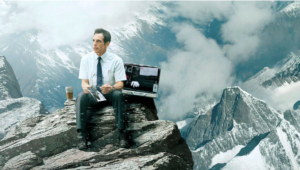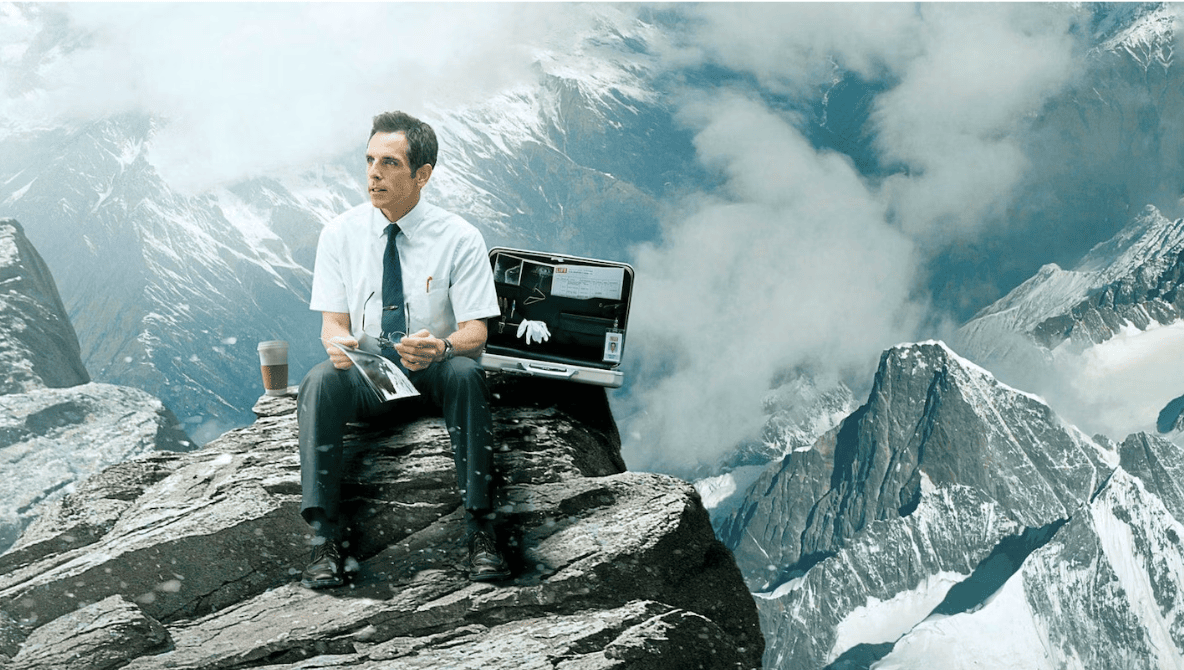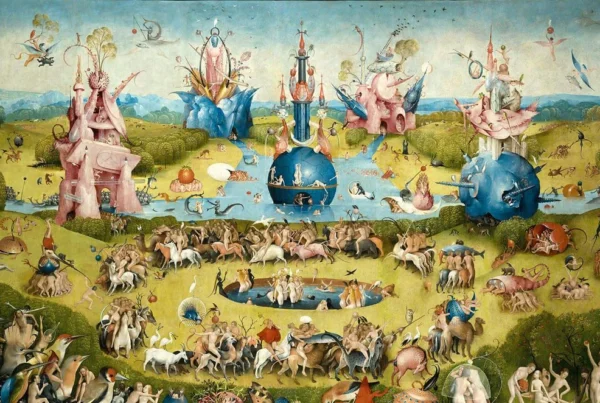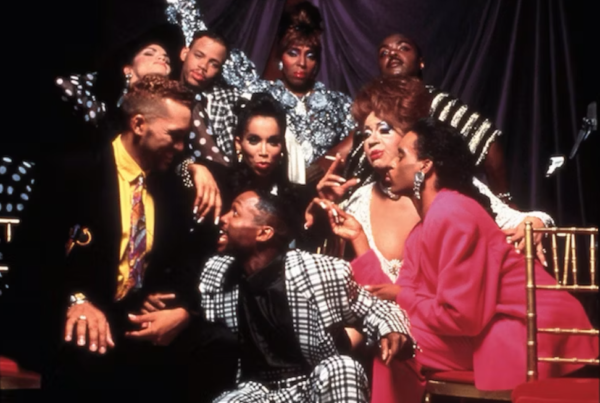
Escapism can be incredibly easy to become attached to, especially during the long winter months, especially for a student. Ranging from exercising, reading, listening to music, to painting, the list goes on, as there are endless methods for this escapism to be achieved. These methods are relatively harmless as they provide constructive outlets for relaxation and self-expression, contributing positively to mental well-being. However, the scope of this article focuses on the more toxic and popular form: movies. When you watch a movie, it offers a channel to delve into various themes and emotions that may not be attainable in everyday situations. Whether it’s laughing during a comedy or crying while watching a drama, movies provide a means to escape from the dull, often overwhelming parts of our lives. This escape also enables us to connect with the characters, subsequently causing us to project our own feelings through the movie.
Nevertheless, an excess of anything can be harmful, including the seemingly innocent act of watching movies. Due to the overwhelming abundance of escapist cinema, this form of escapism has caused more damage than any other. Amidst the cheesy capitalist production, there is one movie genre that invites you on a journey that ends with a literary crossroad, one path offering perfect realization, the other, ugly disappointment. This movie category doesn’t exactly have a name. Some call it adventure, others call it comedy-adventure, or even comedy-adventure-drama. But one thing is certain: the perfect symbol of this risky category is The Secret Life of Walter Mitty.
This cinematic masterpiece is about the transformation of a man as he discovers his courage. He has consistently disappointed himself, developing a habit of escaping the present moment through fantasies while enduring his monotonous job at Life magazine. In a way, this movie unintentionally breaks the fourth wall between actors and audiences, as Walter Mitty, the main character, touches the audience by reflecting the very same evasive acts masked in different forms. Walter Mitty’s ordinary existence takes a thrilling turn when a crucial photograph, intended for the magazine’s final print cover, goes missing. In a courageous departure from his usual routine, Walter embarks on a quest to track down the elusive photographer, Sean O’Connell, hoping to retrieve the lost negative. This mission turns into an extraordinary adventure as he traverses the globe to find the picture. In Walter’s quest, the poetic blending of his vivid imagination with the realities he encounters symbolizes the gradual acquisition of courage to pursue not only his dreams but, one might say, his very imaginations. When Walter returns home after the inspiring journey through Iceland, Greenland, Afghanistan, Yemen, and the Himalayas, he discovers that the famous image he needed to find was in his wallet the whole time, given to him as a gift by the photographer himself, before he embarked on his adventure. Inside the gifted wallet are also inscribed the words: “To see the world, things dangerous to come to, to see behind walls, to draw closer, to find each other and to feel. That is the purpose of life.”
By the time the end credits roll, the spectator is left speechless, but in two ways: In one scenario, an individual discovers that compared to Walter’s life, their own is painfully stale. As they linger on this absence, they submit to their own thoughts of missed opportunities, unfulfilled dreams, and hopelessness in attaining an adventure such as the one idealized on the screen. This submission leads them into a recurring cycle, alternating between escapism through films and grappling with the complexities of reality. The second scenario is of an individual who, inspired by Walter’s journey, feels an invigorating call to action. In that moment, the credits become a starting line rather than an ending one, inspiring them to eagerly embrace life’s adventures and appreciate the world’s beauty with renewed purpose.
But I propose a third option. As written inside Walter Mitty’s wallet, the way to push beyond the magnetically mythical escape provided by films, is to learn about the world, even if in simple ways; to challenge oneself, foster connections and meaningful relationships, and most importantly, to “feel.” The more you feel in life, the richer you are. There is no need to go to the end of the world in order to find yourself, most of the time the thing you really need is the thing you already have, you just need to learn to take a closer look.
Other posts that may interest you:
- The Trouble with ‘Ecocide’
- Carbon dioxide removal – hit or miss?
- Local Victories for Turkish Opposition — A Sign of Hope?
- Are France and Japan a Mismatch Made in Heaven?
- A Reflection on Dark Tourism
Discover more from The Sundial Press
Subscribe to get the latest posts sent to your email.





